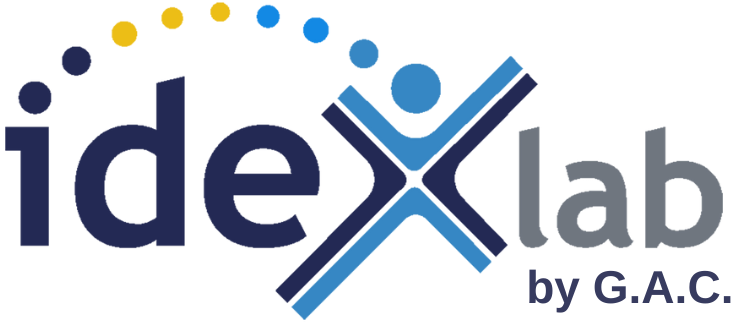Research in the Digital Age – The Researcher 3.0
The digital age is changing the approach to research as it has been practiced since the Renaissance. This ongoing revolution opens up the opportunity to “carry out research differently”.
Traditional research – the triptych lab, library, conference
For a long time, experimental research was intimately linked to the laboratory. Conducting experiments to validate hypotheses has been at the heart of the researcher or scientist’s missions. For this reason his/her occupation was linked to this place, often filled up with mysterious instruments for the uninitiated.
Close to the lab was always a library full of books and journals giving access to the peers’ scientific publications. Occasionally, once or twice a year, the researcher would also go to a conference to present the latest research results, listen to the communication of his/her peers and exchange with them.
Sometimes it was also an opportunity to establish collaborations in order to move forward together on related or complementary topics.
This classic system (lab, library, conference, collaboration) – which is still in place – is, however, being shattered by the digital revolution.
Teleworking Research – seeking and collaborating differently
Of course many subjects continue to rely on laboratory work . But the use and even the necessity of a laboratory may also have been overwhelmed by the progress of computer science and calculation methods. In many fields, these allow experimentation to be based on mathematical modelling: for example, ab-initio calculation, which allows the structural, electronic and dynamic properties of matter to be explored without any experimental knowledge. Experimentation is always necessary, but can be greatly prepared or supplemented by computers.
The library, as a physical place, is in the process of disappearing in its classical form due to the digitization of books and magazines (personally I feel a marked nostalgia for these silent places, full of shelves and knowledge – ah the MIT library under the famous dome! -). Online access to digital versions of scientific publications, patents, books is becoming the norm. Organizing information – which is becoming more and more plethoric – is also facilitated by specialized softwares.
Conferences , which are the privileged time and place for researchers to exchange and nourish their creativity, are complemented and could even disappear in favour of video conferences and online sharing that are developing around social networks and sharing platforms.
These three evolutions could be considered as sad regressions, which would make the researcher gravitate around himself and his computer.
The good news is that there is no reason for the researcher not to collaborate anymore. On the contrary: collaborations are now easier. It has never been easier to find knowledge and to contact the authors (or organizations) that created that knowledge. There are even platforms that only serve this purpose ;-)
We can somehow replace the laboratory, the library and the conference by punctual, specific, dynamic, short or long term collaborations, to absorb new knowledge, exchange ideas or experimental results, co-create, co-research, co-invent, or share.
The dynamics of teleworking research are changing, and modern tools make it much easier to extend research to multidisciplinary fields. Where a conference focuses on one theme, online platforms allow you to explore very different fields of knowledge and connect to complementary areas of expertise. They make it possible to engage with experts from different fields at any time, willing to find synergies and opportunities. For example, it has never been easier for a mechanical researcher to identify and contact a fellow ornithologist, perhaps on the other side of the world, to talk about biomimicry.
This new approach of teleworking research is emerging. We need to change mentalities and practices. It is also necessary for organisations to get involved in defining the expected features of these new tools towards sharing, collaboration and therefore increase creativity and efficiency.
The movement is on its way, and we can develop it together. The ideXlab platform is designed to link together: state-of-the-art research – identification of potential partners – making contacts. The researcher can thus enrich his knowledge, complete his expertise and establish collaborations in the same movement. The collaborative features of the tool have been designed to enable geographically distant teams to work together on a common project and in a secure environment.
To try it out, simply create an account on the platform and start working immediately!
To find out the different levels of functionality of the subscriptions or create an account, click here:






